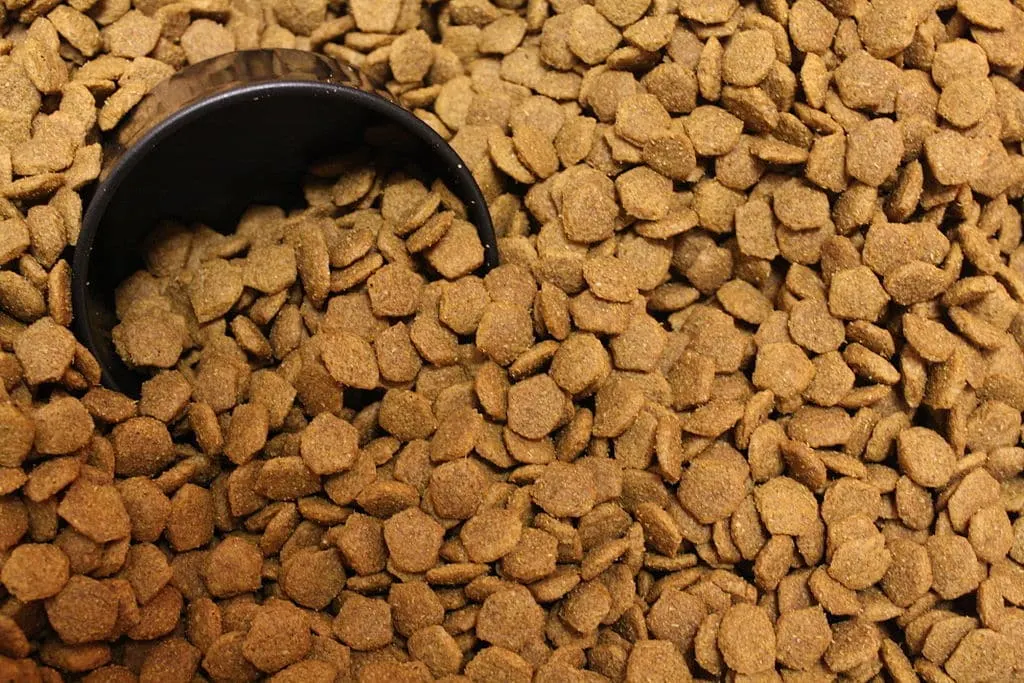Our expert-vetted content is grounded in current scientific publications, yet we acknowledge science’s ever-evolving nature. Read our full editorial and disclosure policy.
Introduction
Dr. Lesleigh Rous, a South African veterinarian, shares her insights into foods considered safe for dogs. We’re excited to share her insights in this article below so you can learn more about keeping your dog’s diet healthy and safe avoiding any unwanted vet bills to the best of your ability.
We dive into the world of the human foods you could give ‘man’s best friend’ and the foods you need to ensure stay out of reach of your furry companion.
As we explore the food items, many people wonder if they can feed their dogs. Remember, it is always best to contact your veterinarian if you want to feed your dog something unusual. Or perhaps stick to their regular foods.

Many humans are urged to offer our pets human foods because they must seem better than those dried-out dog pellets. We explore the nutrient requirements of dogs to understand the importance of what they need.
Here, we will also look into a range of human foods that may be suitable in moderation to share with your furry friend and those to avoid at all costs.
What Are The Most Important Nutrients in a Dog’s Diet?
Much like humans, dogs require a balanced diet to maintain optimal health. The importance of specific nutrients may vary depending on a dog’s age, breed, activity level, and medical condition. However, here are some key nutrients commonly regarded as important in a dog’s diet:
Proteins
Proteins are crucial for the growth, maintenance, and repair of cells. They are made up of amino acids, some of which are essential because the dog’s body cannot produce them in sufficient quantities. High-quality animal-based proteins are usually the best sources.
Fats
Fats are essential for energy and the absorption of certain vitamins. They also contribute to a healthy coat and skin. Omega-3 and Omega-6 fatty acids are essential. However, providing fats proportionately to other nutrients is crucial to avoid obesity.

Carbohydrates
Carbohydrates can provide energy and are good for quick activities. They also contain fiber, which helps with digestion. However, unlike humans, dogs do not require carbohydrates in large amounts. Too many carbohydrates can lead to obesity and other health problems.
Vitamins
Vitamins like A, D, and E are important for various biological processes, including vision, bone growth, and immune function. They are usually present in adequate amounts in a balanced commercial dog food diet, so supplementation is often unnecessary and could be harmful in excess.
Minerals
Calcium, phosphorus, potassium, and other minerals are necessary for strong bones and teeth, nerve function, and other physiological processes. As with vitamins, these are usually adequately provided in commercial dog foods.
Water
Water is the most important nutrient. Dogs lose water continuously through activities like breathing, urinating, and sweating (through their paws). Adequate fresh, clean water should always be available to maintain hydration and support various metabolic processes.
It’s always a good idea to consult a veterinarian to establish a dietary plan that’s appropriate for your dog’s specific needs. Over-supplementation or an imbalanced diet can lead to various health issues.
The Diet of the Ancestors of Dogs
The ancestors of domestic dogs are believed to be wolves, and wolves are carnivorous predators that primarily eat meat. A wolf’s diet in the wild consists of larger ungulates such as deer, elk, and moose, as well as smaller mammals like rabbits, beavers, and rodents.
Wolves are also known to consume some plant matter, including fruits and vegetables, although these comprise a much smaller portion of their diet than meat.
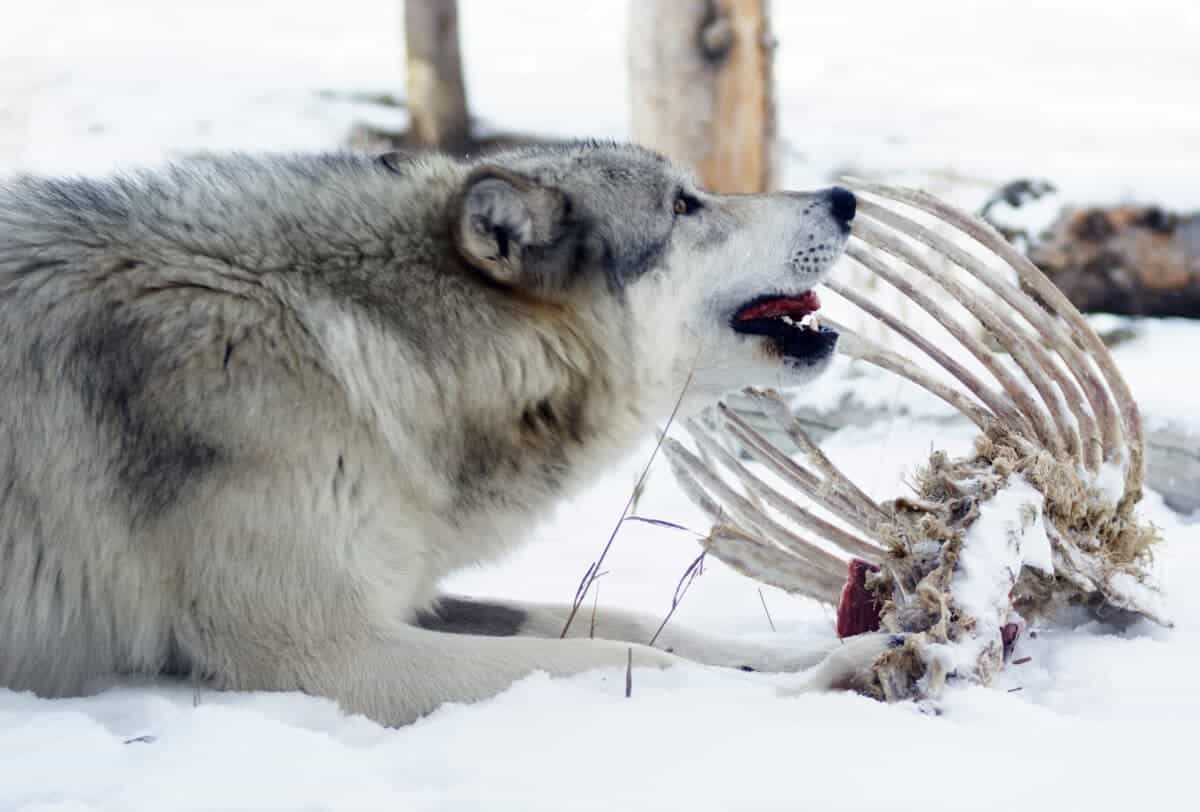
In domestication, dogs have been selectively bred for various tasks, including hunting, herding, and companionship, influencing their dietary needs and preferences. Human-provided food has played a significant role in the domestic dog’s diet for thousands of years.
Over time, domestic dogs have developed the ability to digest a more varied diet than their wolf ancestors, including carbohydrates and plant matter. However, protein remains a critical component of their diet.
Ancient dogs likely scavenged for food, eating what they could find, which might have included a combination of animal remains, fruits, vegetables, and possibly grains.
Over time, as dogs became more integrated into human societies, they would have increasingly consumed food similar to what humans ate, including cooked meat and plant-based foods.
So, while the ancestors of dogs were primarily carnivorous, domestication has led to more omnivorous dogs in their dietary needs and preferences. Nonetheless, high-quality animal protein remains an important component of a balanced dog diet.
What ‘human’ foods are safe to feed my dog?
| Type of Food | Can Dogs Eat? | Notes |
| Fruits | Generally Yes | Some fruits like apples, blueberries, and bananas are safe. Avoid grapes, raisins, avocados and citrus. |
| Vegetables | Generally Yes | Many vegetables like carrots, green beans, and sweet potatoes are good. Avoid onions, garlic, and normal potatoes. |
| Proteins from Animal Sources | Yes | Cooked meats like chicken, turkey, and fish are good. Avoid raw meat due to bacteria. Try to stay clear of any protein fat i.e. in steak or mince |
| Starchy Foods | Yes, in moderation | Cooked rice and pasta are okay in small amounts. Too much can lead to obesity. Raw dough of any kind is a big no no. |
| Dairy | Not Recommended | Some dogs are lactose intolerant, which can cause digestive issues. Minimal plain yogurt may be okay. |
| Nuts or Legumes | Not Recommended | Many nuts, like macadamia, are toxic. Some legumes are okay but can be hard to digest. |
| Household Foods | Varies | Cooked lean meats, some fruits and veggies, and plain rice are generally okay. |
| Most Dangerous Foods | N/A | Chocolate, caffeine, grapes, raisins, onions, garlic, xylitol, and alcohol are highly toxic. |
Why feed dry pellets or kibble to your dog?
Feeding dogs formulated pellets, commonly known as kibble, has several advantages, both for the owner and the pet. Many people choose this option:
Convenience
- Easy to Store: Kibble is non-perishable and easily stored in large quantities.
- Easy to Measure: Portion sizes are straightforward to calculate, aiding in weight management.
- Low-Mess: Kibble can be less messy than wet or raw foods, making it easier to feed dogs without making a mess.
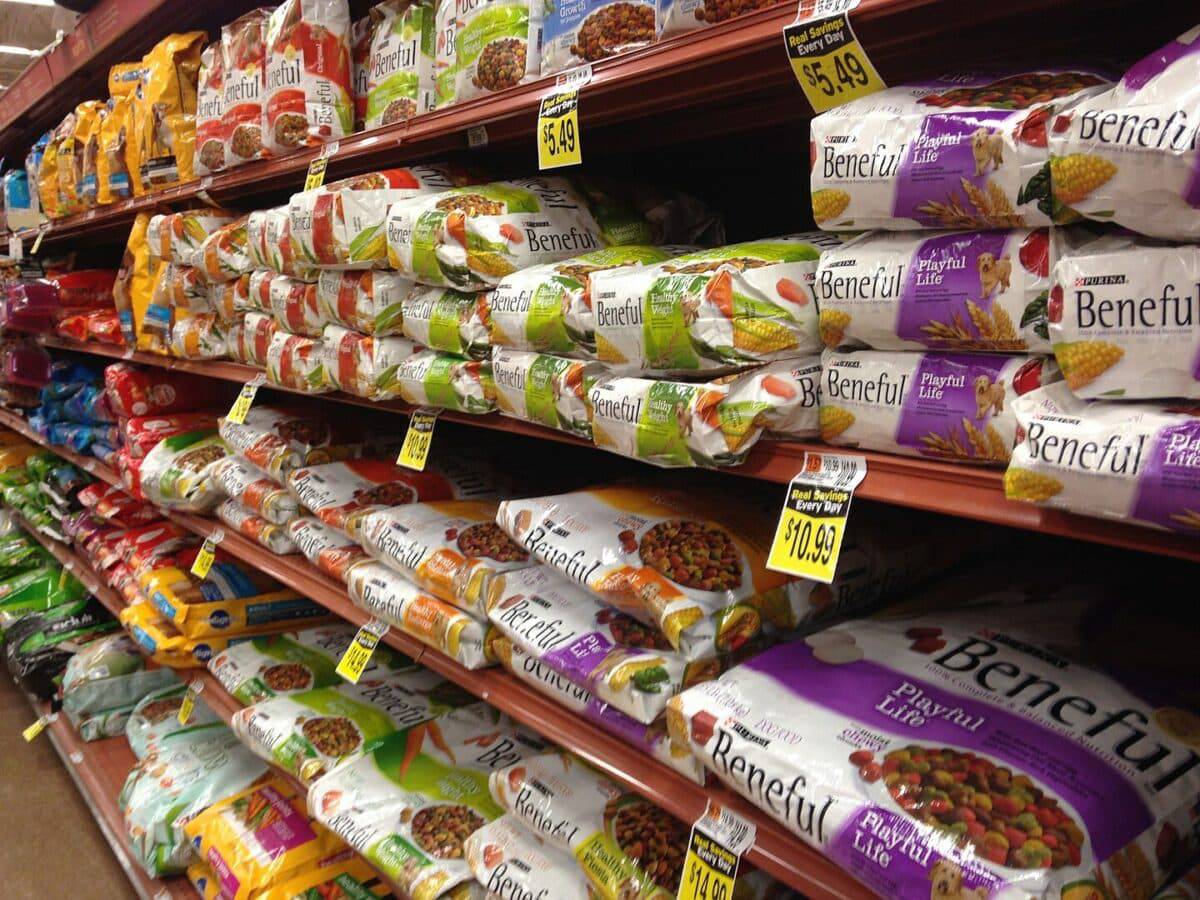
Cost
- Economical: Dry dog food is usually less expensive than wet dog food or high-quality raw diets on a per-serving basis.
- Dental Health: Chewing Action: Chewing kibble can help keep a dog’s teeth cleaner, although it’s not a replacement for regular dental care.
Nutritional Balance
- Formulated for Needs: Commercial kibble is often scientifically formulated to meet all of a dog’s nutritional requirements (protein, fats, vitamins, minerals).
- Consistency: The uniform composition of kibble ensures that the dog gets a balanced diet in every bite.
Longevity
- Shelf-Stable: Kibble has a long shelf life, making it convenient for owners who can’t make frequent trips to purchase pet food.
Portability
- Easy to Transport: If you’re traveling or hiking, kibble is far more portable than wet or raw food options.
Safety
- Lower Bacterial Risk: Unlike raw food diets, which can contain harmful bacteria or parasites, kibble is generally safer because it is cooked.
Variety
- Flavor Options: Kibble has various flavors and formulations to suit dogs with different nutritional needs or food sensitivities.
However, it’s worth noting that not all kibble is created equal. The quality can vary significantly between brands and formulations. Always look for brands that list high-quality proteins as the first ingredient, and avoid those with cheap fillers like corn and soy or chemical preservatives.
Also, while kibble has some dental benefits, it’s not a complete dental care solution. Regular teeth cleanings and dental checks are essential for a dog’s overall health.
Lastly, some dogs may have specific dietary needs or health conditions requiring different food or feeding methods. This can include, but is not limited to, lower kilojoule foods for overweight dogs, higher protein foods for active dogs, food free of maize for dogs with allergies, etc. Always consult your veterinarian to determine the best diet for your dog.
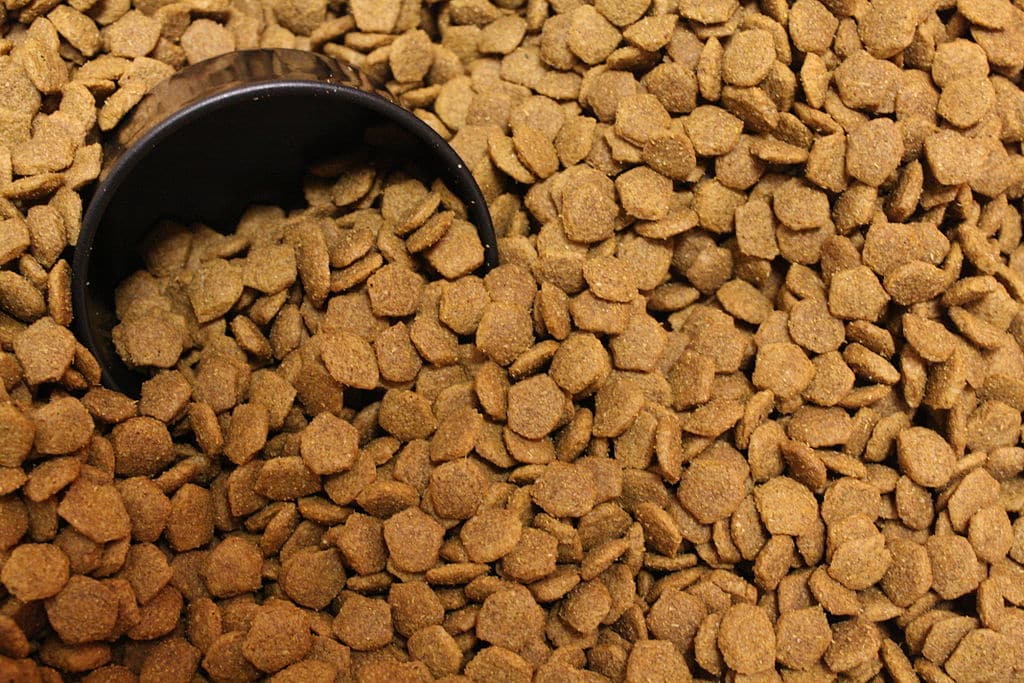
Wrapping it up
At the end of the day, you are the person responsible for what your furry friend eats. It is always best to consult with your local veterinarian about the best diet for your dog. When it comes to ‘human foods’ your dog can eat, always be cautious about what you feed them. When it doubt rather don’t risk it, and should they grab something without permission, be sure to get them to the vet.
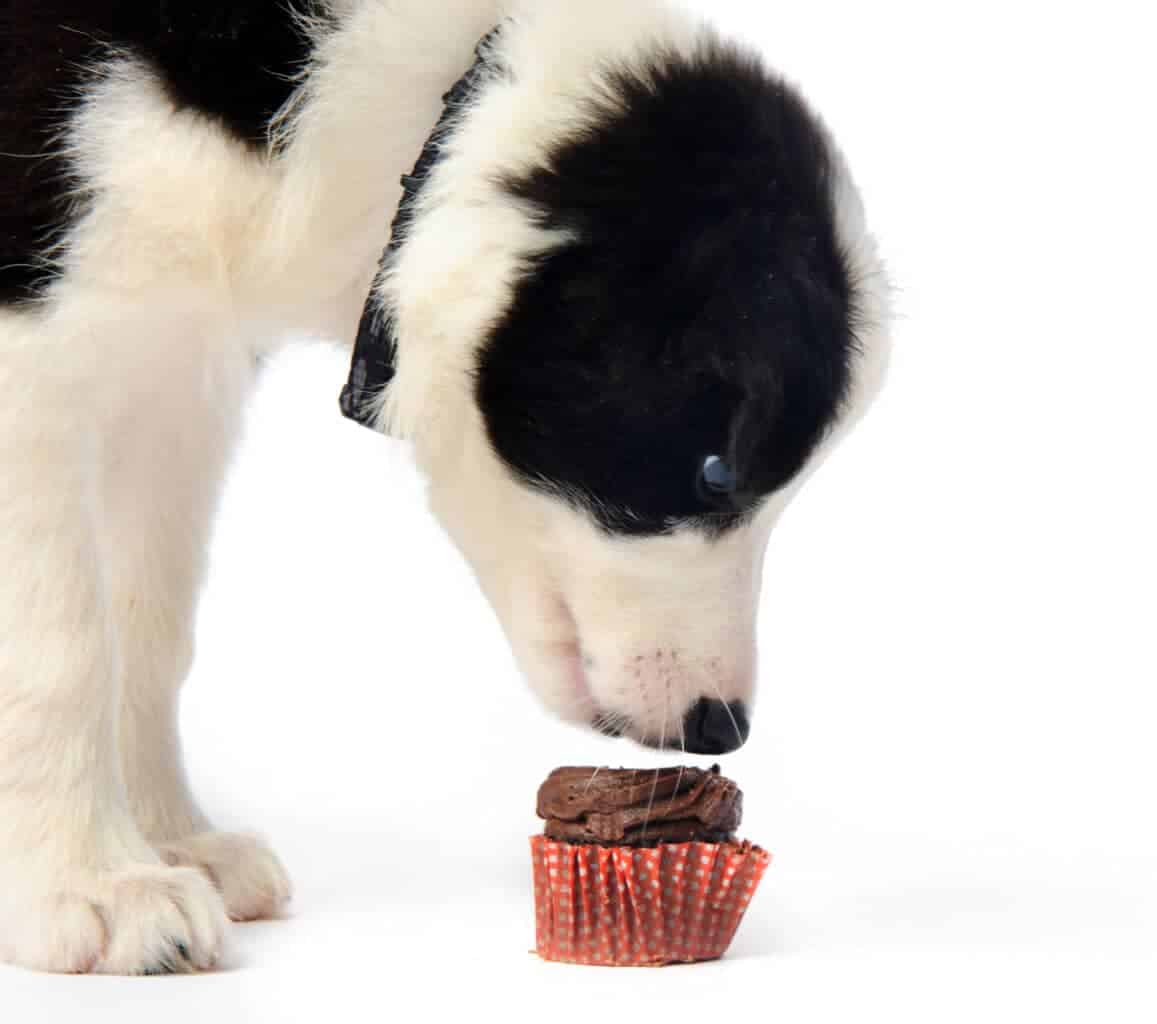
REFERENCES
Carciofi, A. C., Takakura, F. S., de-Oliveira, L. D., Teshima, E., Jeremias, J. T., Brunetto, M. A., & Prada, F. (2008). Effects of six carbohydrate sources on dog diet digestibility and post-prandial glucose and insulin response. Journal of Animal Physiology and Animal Nutrition, 92(3), 326–336. https://doi.org/10.1111/j.1439-0396.2007.00794
Daumas, C., Paragon, B.-M., Thorin, C., Martin, L., Dumon, H., Ninet, S., & Nguyen, P. (2014). Evaluation of eight commercial dog diets. Journal of Nutritional Science, 3. https://doi.org/10.1017/jns.2014.65
Freeman, L. M., Chandler, M. L., Hamper, B. A., & Weeth, L. P. (2013). Current knowledge about the risks and benefits of raw meat–based diets for dogs and cats. Journal of the American Veterinary Medical Association, 243(11), 1549–1558. https://doi.org/10.2460/javma.243.11.1549
Murray, S. M., Patil, A. R., Fahey, G. C., Merchen, N. R., & Hughes, D. M. (1997). Raw and rendered animal by-products as ingredients in dog diets. Journal of Animal Science, 75(9), 2497. https://doi.org/10.2527/1997.7592497
If you enjoyed reading this article about a dog’s dietary needs, you might also enjoy:
The Origin of Dogs: How Dogs Became Our Best Friends
Foreign Objects That Could Get Stuck In Your Dog
[simple-author-box]
Join our Forum for free today!


